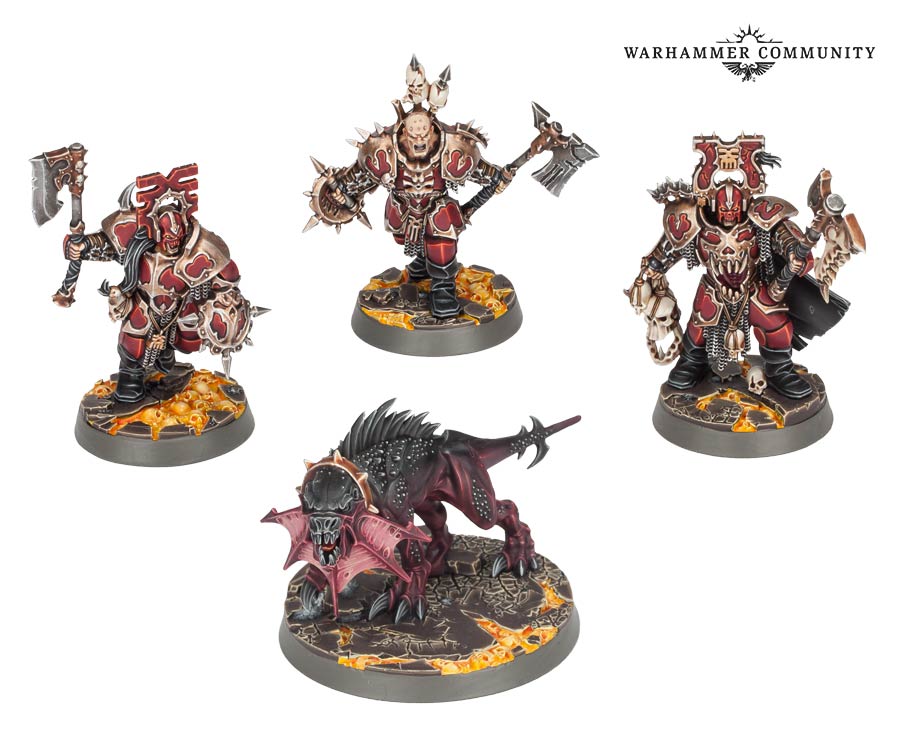

Van Amburgh shows its circus attraction subject radiant in a suit of Roman armour, sprawled in a sideshow carriage amid a resplendent congregation of lions, tigers and leopards as a baffled crowd watches him through the bars. His 1839 portrait of the mettlesome American animal trainer Issac A. The grid, that essential structure depended upon by practitioners as various as Agnes Martin or Bacon’s favourite photographer Eadweard Muybridge to order their inquiries into motion or space, is nothing other than a cage dismantled and laid flat.Įven as genteel a painter as Edwin Landseer created an ominous effect by depicting a man in a cage. Or consider Bruce Nauman’s early movement studies on film such as Beckett Walk 1967, in which the artist performs vertiginous experiments on his gait within a tight square outlined on the studio floor. The primal coupling glimpsed in Two Figures 1953 occurs in a ghostly enclosure suggestive of a sadist’s bedroom yet wreathed with moonlit grass. Cages provide areas for Bacon to stage his ferocious meditations on human anguish and savagery, but they also assume more distorted forms, shifting like the spaces within a bad dream.

The outline of a cage looms at the back of the hot purple and orange room created for After Muybridge – Woman Emptying a Bowl of Water and Paralytic Child on All Fours 1965, where warped homunculi, their bodies gory explosions of jelly and bone, perch on top of a railing. The Irish painter’s terrifying interiors are frequently furnished with cages to intensify their torture chamber atmospherics. Nobody has found more wicked energy in contemplating the cage than Francis Bacon. The enigmatic American artist Cady Noland captures contemporary alienation via the military-industrial tactic of setting her sculptures and assemblages (pop-up loons from history’s shooting gallery with their eyes blown out innumerable chilled beer cans stacked to the roof) within cages and wire fences. Just a swift montage signals what versatile and perverse experimental purposes the cage has long occupied in art history. Such a mixture of dark thrills and fears means the cage is a fascinating vessel for any artist to inhabit, supplying a space for all kinds of psychological troubles to be exorcised.

The first prisoners at Guantanamo Bay were notoriously often kept in cages, too. In Tony Scott’s 1982 horror film The Hunger, the rock group Bauhaus croon their goth ode Bela Lugosi’s Dead to an audience of nightclubbing vampires from inside an enormous cage, making it into the arena for after-dark fun. They aren’t to be inhabited by humans, except in the most abject or outré scenarios. Cages are for wild things: they suggest zoos and grotesque curiosities seen at freak shows.

Rackham’s illustration catches a whole bunch of anxieties that cages stimulate in our collective imagination, including claustrophobic dread, fears of being treated like a beast, getting fattened for the pot, or being suddenly condemned to a lifetime in solitary confinement. He has the wisdom to show the witch’s blind approach from behind, and thus permitting our brains to overheat with fantasies about how hideous the crone might be: picture her repulsive mug leering at you through the bars. Where are we? Fairy tale country, of course: the English illustrator Arthur Rackham drew this famous scene from Hansel and Gretel in 1909 for a children’s volume of German folk tales collected by the Brothers Grimm. Eyes owlishly wide with nightmare panic, this wily lad who got lost on his merry way through the forest watches the witch from the cage he’s trapped within.


 0 kommentar(er)
0 kommentar(er)
